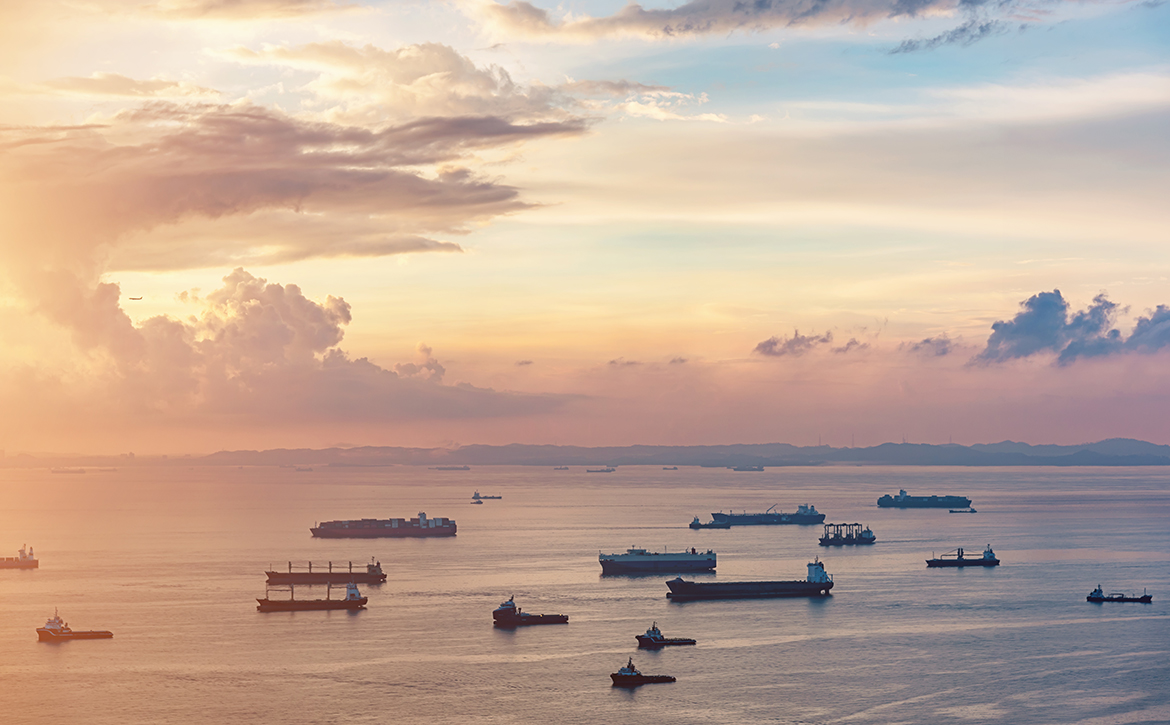On 4 March Australian and Indonesia signed a free trade agreement that has been a long time in the making. Australia and Indonesia are both parties to the ASEAN-Australia-New Zealand FTA limiting the additional benefit of this bilateral FTA. The major benefits will be for Australian exporters to Indonesia and service providers.
When will it commence
The FTA only commences when each country passes and implements its relevant domestic legislation. Australia will undertake one or more parliamentary reviews of the FTA before a vote is taken on whether it should become law. This process could be delayed by the expected mid-year Federal election. As a guide to timing, the TPP was signed in early March 2018 and became law in late December 2018.
What are the benefits for Australian importers – duty rates
Almost all Indonesian imports are current duty free under the ASEAN FTA. The remaining duties will become duty free on entry into force of the Indonesian FTA. However, the benefit of this has been reduced due to the time that it has taken to finalise the agreement. All goods from Indonesia would have been duty free on 1 January 2020 in any event under the ASEAN FTA.
What are the benefits for Australian exporters – duty rates
Duty rates on many Australian exports were not cut to zero under the ASEAN FTA. The new bilateral FTA does not drop all duty rates to zero, but there are significant improvements. Here is the DFAT summary of the outcomes in respect of goods. Key winners are exporters of live cattle, frozen beef, sheep and goat meat, certain dairy products, honey, potatoes, carrots, mandarins, oranges, lemons and bananas.
In respect of manufactured goods, Indonesia had already provided strong commitments under the ASEAN FTA. However, there are some improvements in respect of steel, copper cathodes, plastics, machinery, textiles, electronics and textiles.
Its not just about the rate of duty – check the rule of origin
The duty rates under the ASEAN FTA and the Indonesian FTA will often be the same. However, an importer or exporter may find it easier to qualify for one FTA than the other. The ASEAN FTA has the benefit that it allows content from NZ and other ASEAN countries to count as qualifying content. However, it may be that for a particular tariff line there is a different rule of origin under each FTA. For traders of goods that have any non-Indonesian or Australian content, the rules of origin should be closely reviewed. You may find that a good that did not qualify under the ASEAN FTA will now qualify under the Indonesian FTA.
Certificate/declarations of origin
The biggest win for importers is the possibility of using declarations of origin, rather than certificates of origin under the ASEAN FTA. A registration scheme will be in place in respect of declarations of origin. Exporters will need to be registered or certified by the exporting country before they can use declarations of origin. This will be better than the situation under ChAFTA but it is not as user friendly at the TPP.
Certificates of origin under the Indonesian FTA are not particularly exciting. It is one COO per shipment, valid for 12 months from the date of issue and there is scope for certificates to be retrospectively issued within 12 months of export.
Declarations of origin will take no set form and can be electronic. There are key data fields which those registering to use declarations of origin will need to ensure they meet.
Other points
- The consignment provisions are as restrictive as those in the ASEAN FTA, including the requirement that the transhipment be justified by geographical, economical or logistical reasons.
- The FTA will apply to goods entered for home consumption after the FTA commences.
- The FTA requires the origin hardcopy COO to be forwarded to the importer for presentation to their customs authority. We assume this will not be enforced in respect of Australian imports.
- The FTA contains a chapter on non-tariff measures, a first for an Australian FTA. This is targeted at import/export restrictions or licensing requirements. Its main practical effect is expected to be a mechanism for raising and resolving concerns regarding non-tariff barriers.
The Australian Border Force has made no secret that compliance with FTA requirements is a focus area. It is crucial with the multitude of overlapping FTAs that traders pay careful attention to which FTA is being used what are the particular requirements of that FTA.





